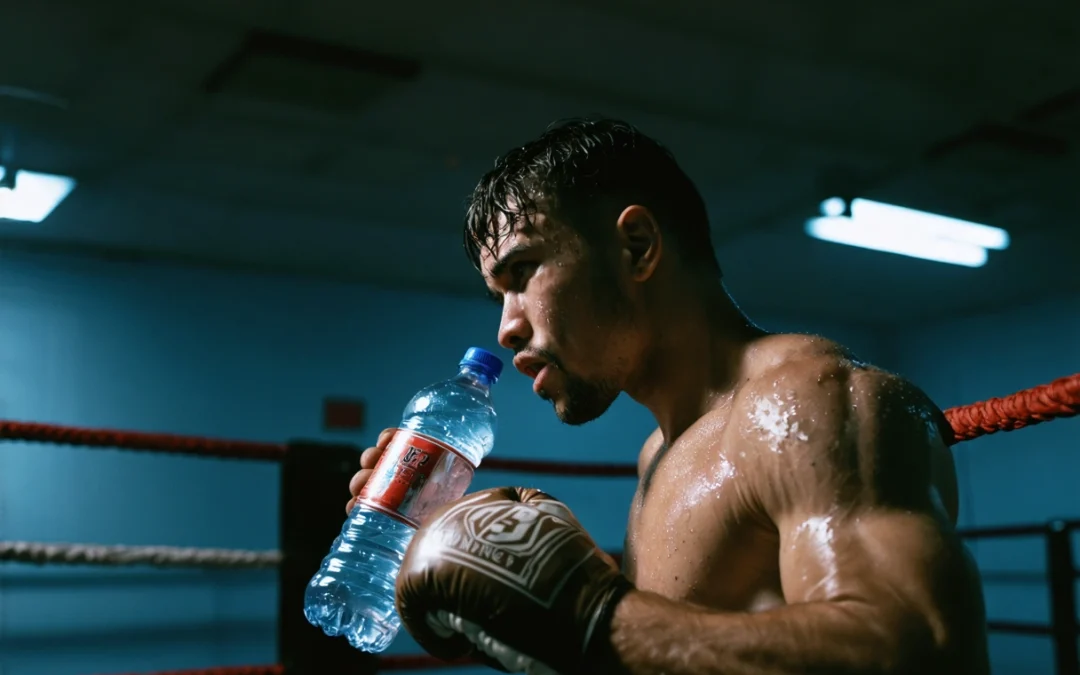The Significant Role of Hydration in Boxing Performance and Recovery
Boxing is a sport that demands peak physical condition, rapid reflexes, and an unyielding mental edge. While much attention is given to technical skills, cardiovascular training, and strength conditioning, an often overlooked yet fundamental pillar of athletic success is hydration. Water constitutes up to 60 percent of the human body, and its impact on athletic performance is remarkable. For boxers, effective hydration strategies can mean the difference between victory and defeat, as well as a swift, healthy recovery after grueling bouts or punishing training sessions.
In this comprehensive exploration, we dive deeply into the science of hydration, its direct effects on both boxing performance and recovery, and practical approaches for boxers and coaches to optimize fluid intake. Whether you are a seasoned fighter, a coach, or a fitness enthusiast eager to understand more, this post will equip you with the knowledge to harness the full power of hydration in the ring and beyond.
Why Hydration Matters: The Physiology Behind Fluid Balance
Hydration is not just about preventing thirst; it is a cornerstone of human physiology that impacts every cell and process in the body. Proper fluid balance regulates body temperature, maintains blood volume, facilitates nutrient delivery, and removes metabolic waste. For boxers, these factors are even more critical due to the sport’s intense physical demands, rapid weight changes, and the risk of dehydration due to sweating.
During intense physical activity, such as sparring or competing, the body can lose significant amounts of water through sweat. This loss is compounded in environments where boxing takes place under hot lights or high humidity, increasing the risk of dehydration. According to the Centers for Disease Control and Prevention’s hydration guidelines, even a 2 percent loss in body weight from fluid loss can impair physical performance and cognitive function. In boxing, these deficits can translate to slower reaction times, impaired judgment, and increased fatigue, all of which can be detrimental in the ring.
The Impact of Dehydration on Boxing Performance
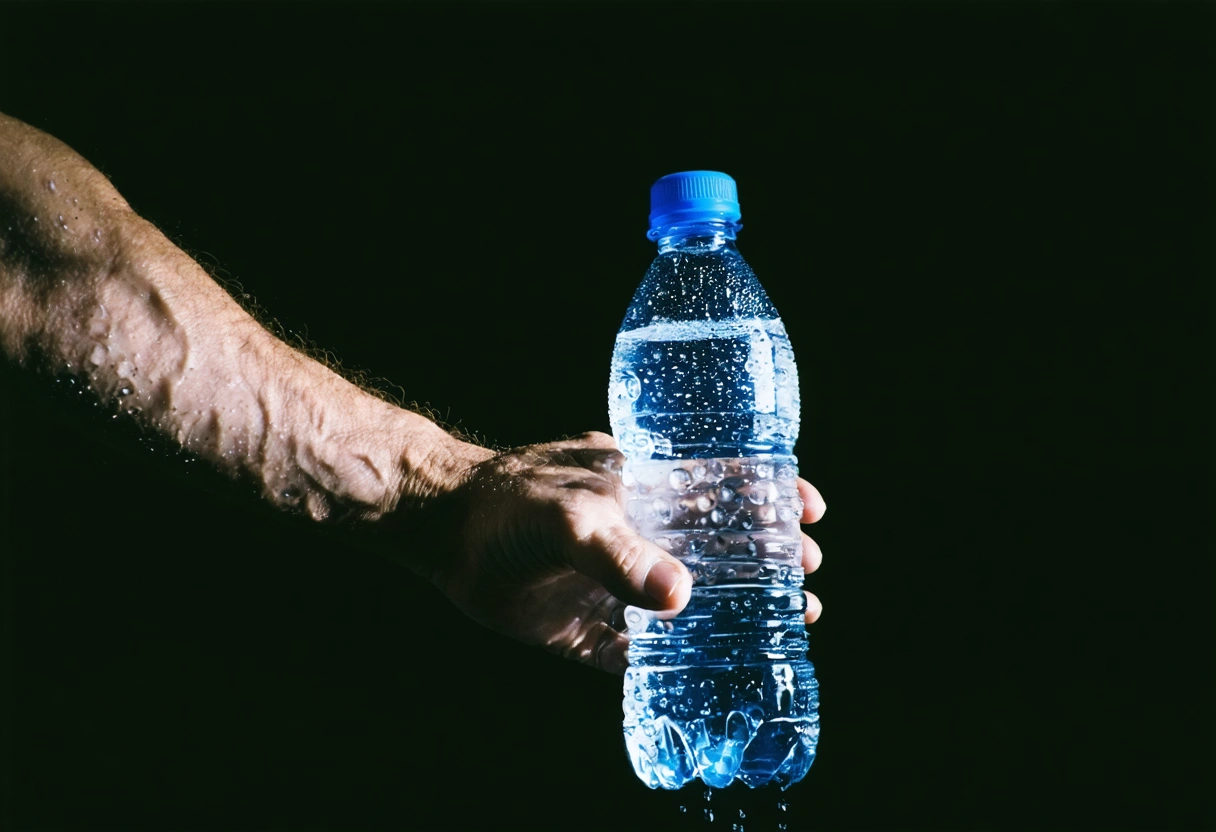
Dehydration manifests in both physical and mental decline, posing significant risks for boxers at all levels. The first and most immediate effect is a reduction in blood plasma volume, which diminishes cardiovascular efficiency. As a result, the heart works harder to pump blood, leading to increased perceived exertion and faster onset of fatigue. For a boxer, this means reduced endurance, diminished punching power, and slower footwork—all critical components for success.
Moreover, dehydration impairs thermoregulation, making it harder for the body to dissipate heat. This can lead to overheating, muscle cramps, and in severe cases, heat exhaustion or heat stroke. During high-intensity rounds, a dehydrated boxer may also experience impaired cognitive function, including decreased focus, slower decision-making, and reduced ability to execute complex strategies. These effects are supported by studies from the National Institutes of Health on dehydration and cognitive performance.
In addition, dehydration can influence the neuromuscular system, increasing the risk of muscle strains, cramps, and even knockout susceptibility due to delayed reaction times. For elite athletes, even a minor deficit in hydration can be the deciding factor between victory and defeat.
Hydration and Weight Cutting: A Double-Edged Sword
Weight management is a unique aspect of boxing, with many athletes resorting to rapid weight-cutting techniques to meet competition requirements. Often, these methods involve restricting fluid intake or using saunas to shed water weight in the days leading up to a bout. While these practices may achieve short-term goals, they can have severe repercussions on performance and long-term health.
Rapid dehydration through weight cutting can lead to electrolyte imbalances, impaired kidney function, and a significant reduction in muscular endurance. According to the American College of Sports Medicine’s position on weight loss in athletes, severe dehydration can compromise cardiovascular health, increase the risk of heat-related illnesses, and impair both anaerobic and aerobic performance. For boxers, the trade-off between reaching a target weight and maintaining optimal performance must be navigated with great care and professional guidance.
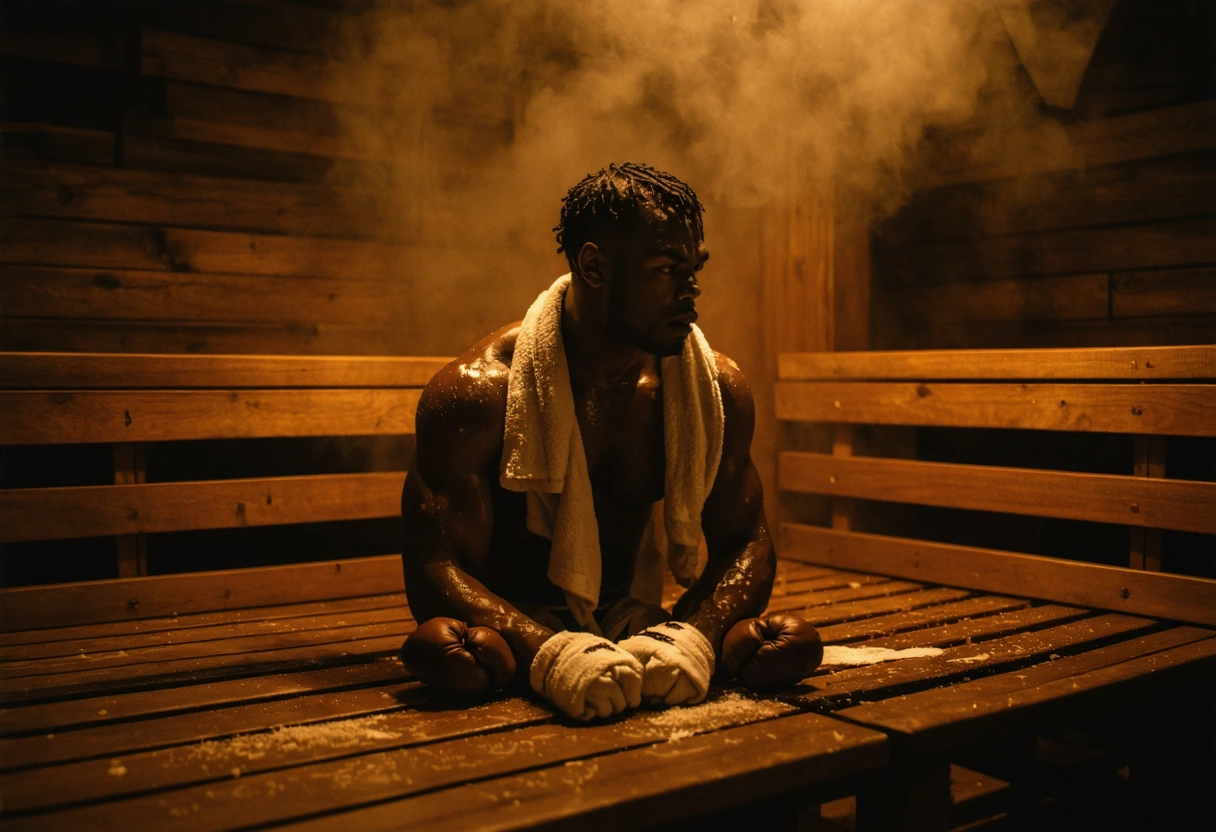
Moreover, the rehydration period between weigh-in and the actual fight is often too short for complete recovery. Incomplete rehydration can leave athletes at a disadvantage, potentially impacting their ability to absorb punches and recover from fatigue during the match. Clearly, responsible hydration strategies should always take precedence over risky cutting practices.
The Science of Optimal Hydration for Boxers
Hydration is not a one-size-fits-all approach. Factors such as body size, sweat rate, exercise intensity, environmental conditions, and even genetics all play a role in determining individual fluid requirements. For boxers, developing a personalized hydration plan is essential for peak performance and safe recovery.
Before training or competition, boxers should aim to start fully hydrated. This means consuming adequate fluids in the hours leading up to exercise. During activity, the goal is to replace fluids lost through sweat without over-hydrating, which can lead to a dangerous condition called hyponatremia. According to the Gatorade Sports Science Institute’s recommendations on fluid replacement, athletes should monitor body weight changes before and after exercise to gauge sweat loss and adjust intake accordingly.
Post-exercise hydration is equally critical. Replacing fluids and electrolytes lost during training or bouts supports muscle recovery, reduces the risk of cramps, and restores cognitive function. Ideally, boxers should consume 1.5 times the fluid lost during activity over the next several hours, along with sodium and potassium-rich foods or drinks to speed up rehydration and recovery.
Electrolytes: The Unsung Heroes of Hydration
While water is the foundation of hydration, electrolytes such as sodium, potassium, magnesium, and calcium play an indispensable role in maintaining fluid balance and neuromuscular function. During intense boxing sessions, these electrolytes are lost through sweat and must be replaced to prevent cramping, muscle weakness, and even cardiac complications.
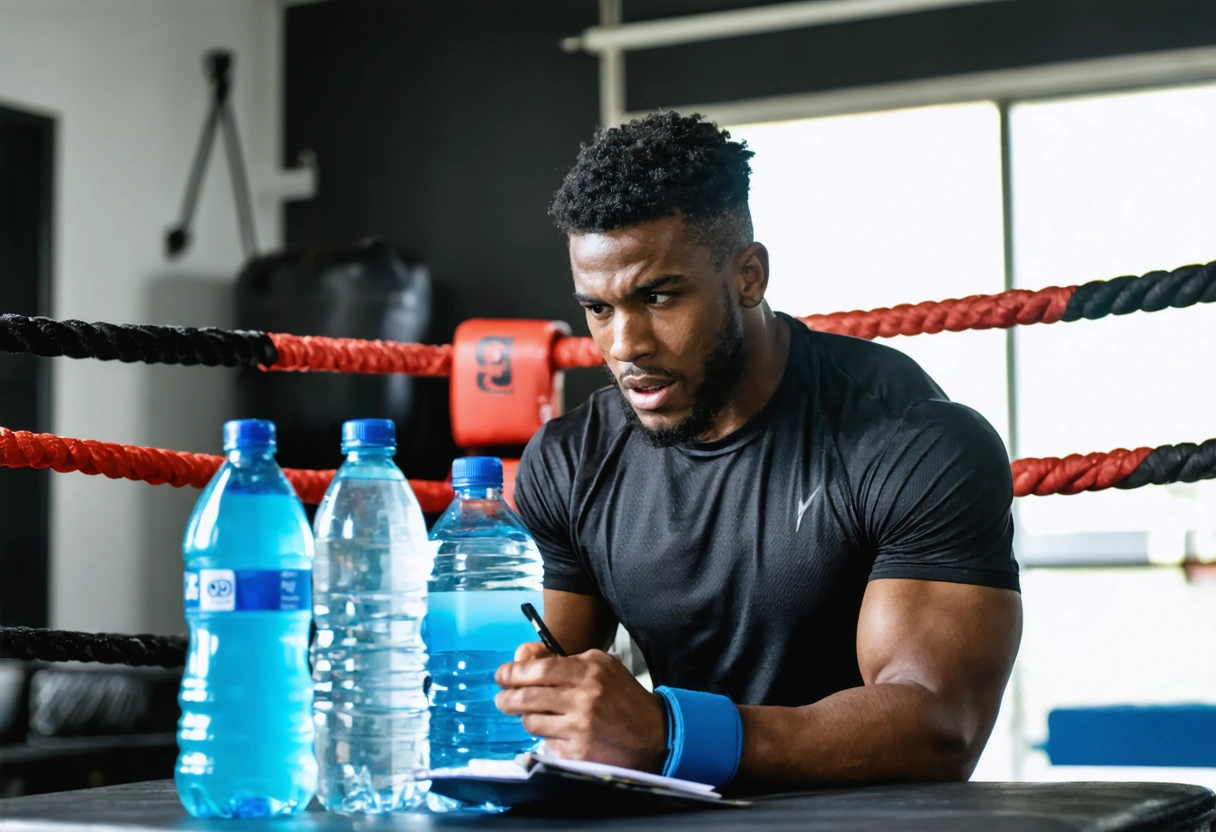
Commercial sports drinks can be useful for replacing both fluids and electrolytes, especially during prolonged training bouts or in hot environments. However, boxers should be mindful of added sugars and opt for beverages that provide an appropriate balance of sodium and potassium. Alternatively, natural sources such as bananas, oranges, coconut water, and lightly salted foods can also help restore electrolyte balance. The Harvard T.H. Chan School of Public Health’s guide to electrolytes offers a detailed overview of their importance and dietary sources.
Hydration Strategies During Training and Competition
Implementing effective hydration strategies requires planning and discipline. Here are several evidence-based recommendations for boxers aiming to optimize their fluid balance:
- Pre-hydration: Drink 16-20 ounces (about 500-600 ml) of water 2-3 hours before training or competition. This ensures a good baseline level of hydration without feeling bloated.
- During exercise: Sip 7-10 ounces (about 200-300 ml) every 10-20 minutes, adjusting for sweat rate and environmental conditions.
- Post-exercise: Replace lost fluids by drinking 24 ounces (about 700 ml) of water or electrolyte-rich fluids for every pound (0.45 kg) lost during activity. Weighing yourself before and after exercise can help gauge loss.
- Monitor urine color: Pale yellow urine is a good indicator of proper hydration, while dark yellow or amber signifies dehydration.
- Customize for conditions: Increase fluid intake in hot, humid environments or during unusually intense sessions.
Additionally, coaches and athletes should educate themselves on the signs of dehydration, including excessive thirst, dry mouth, dizziness, rapid heartbeat, and decreased urine output. Taking immediate action at the first sign of dehydration can prevent more serious complications.
Hydration’s Role in Recovery: Beyond the Ring
Recovery is as crucial as performance for a boxer’s long-term success. Hydration accelerates recovery in several ways: it supports the clearance of metabolic waste, reduces muscle soreness, and aids in the repair of damaged tissues. After a fight or a hard training session, the body is in a heightened state of inflammation and oxidative stress. Proper hydration helps transport nutrients to cells, supports immune function, and restores the fluid balance disrupted by intense exertion.
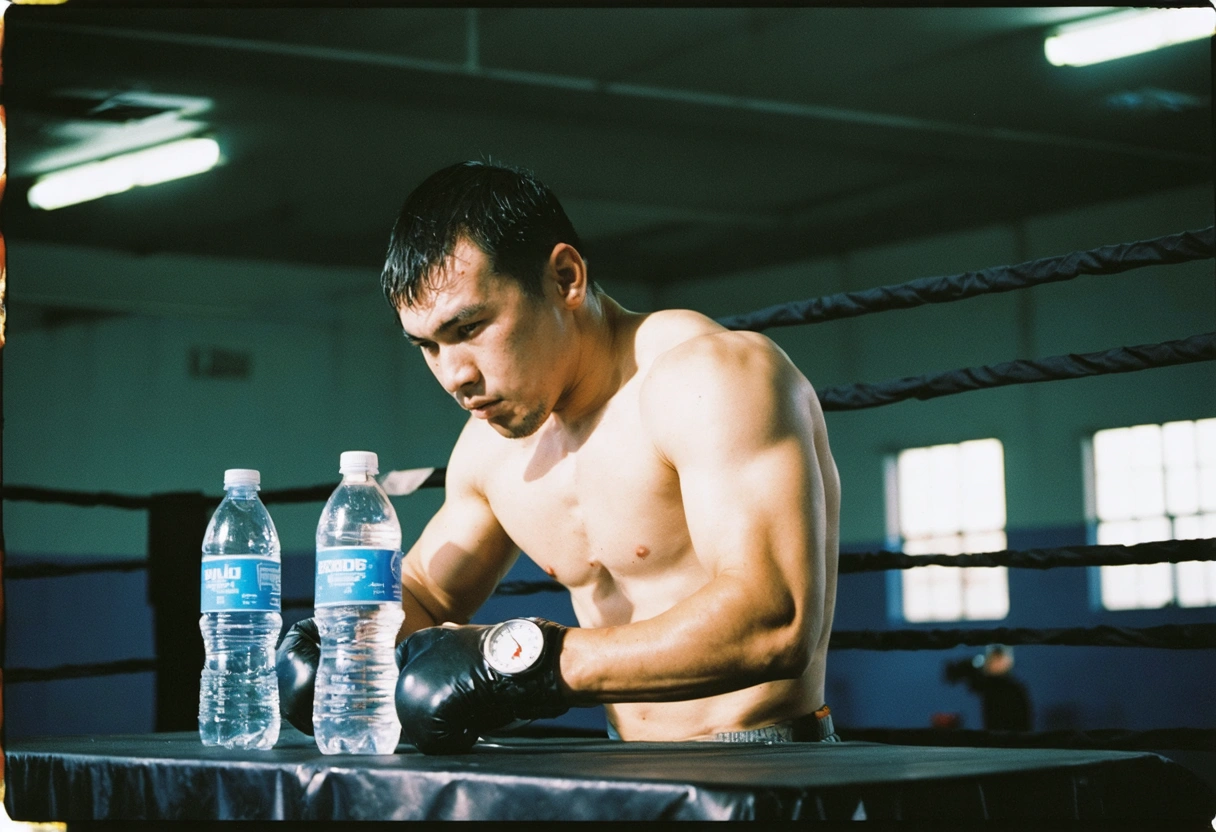
Inadequate hydration during recovery can prolong muscle soreness, delay healing, and increase the risk of illness. The American College of Sports Medicine’s hydration guidelines emphasize that rehydration should continue well after exercise ends, especially if the next training session is less than 24 hours away.
Incorporating hydration into a holistic recovery routine—including proper nutrition, sleep, and active recovery techniques—ensures that boxers return to training and competition stronger and more resilient.
Practical Tips for Boxers: Building Hydration Into Your Routine
Boxers can adopt several practical habits to ensure optimal hydration:
- Carry a water bottle: Having water on hand throughout the day helps maintain consistent hydration and serves as a visual reminder to drink.
- Schedule hydration breaks: Incorporate regular water breaks into training sessions to reinforce good habits.
- Use hydration tracking apps: Digital tools can help monitor fluid intake and send reminders.
- Listen to your body: Thirst is not always an accurate indicator, especially during intense focus. Make hydration a proactive, not reactive, routine.
- Balance fluids and electrolytes: Especially during long or intense sessions, supplement water with electrolyte-rich options.
- Educate and involve your team: Coaches, nutritionists, and training partners can help reinforce hydration best practices.
By making hydration an integral part of their daily routine, boxers can safeguard their health, improve performance, and shorten recovery times.
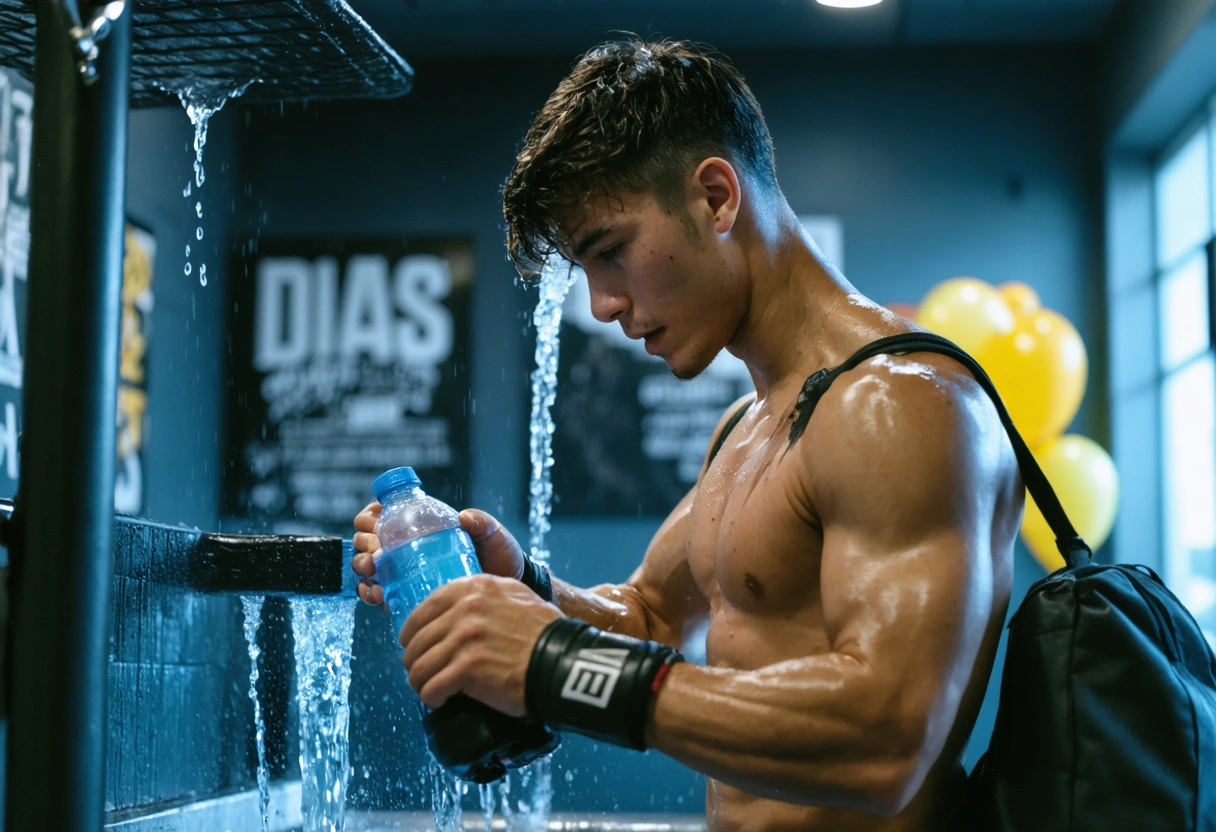
Common Myths and Misconceptions About Hydration in Boxing
Despite the clear science, several myths persist in the boxing community regarding hydration. One common misconception is that drinking water during training leads to cramping; in reality, cramps are more often caused by electrolyte loss and dehydration, not water intake. Another myth is that feeling thirsty is a sufficient cue to drink. However, by the time thirst sets in, dehydration may already be impacting performance.
Some believe that water should be withheld during weight cutting to expedite results. While this may produce short-term weight loss, the negative impact on performance and health far outweighs any benefits. The U.S. Anti-Doping Agency’s resource on the importance of hydration clarifies these myths and provides science-backed recommendations for athletes.
Hydration as a Foundation for Boxing Success
Hydration is a powerful, yet often underestimated, component of boxing performance and recovery. From regulating body temperature and cardiovascular function to supporting muscle recovery and cognitive sharpness, water and electrolytes are essential allies in every boxer’s journey. The consequences of neglecting hydration are significant, ranging from impaired athletic performance and increased injury risk to delayed recovery and long-term health complications.
By understanding the science behind fluid balance and adopting evidence-based hydration strategies, boxers can unlock new levels of performance, resilience, and well-being. Whether preparing for the next big fight or recovering from a hard-fought battle, remember: every drop counts. Make hydration a fundamental part of your boxing nutrition and recovery plan, and experience the difference it makes both inside and outside the ring.

